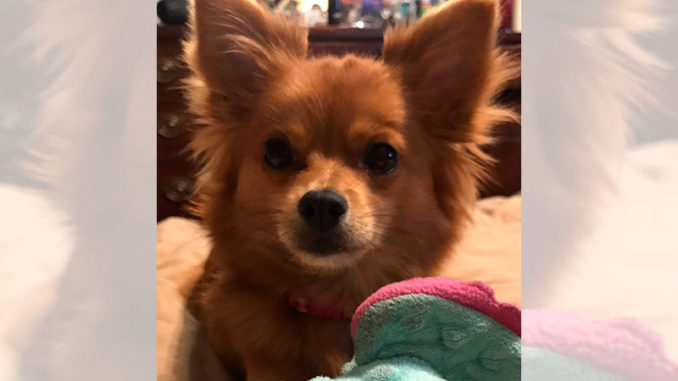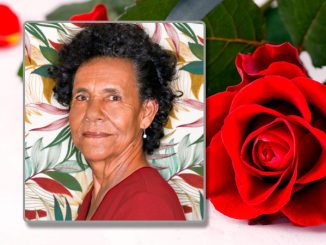
“I got so angry about it. How can someone not know that something this deadly is around? If every vet would have a warning poster in their office, people would know … none of them do … nobody knows.”
Dave Scheuermann, a local business owner who is on the board of directors for the Destrehan’s Jerusalem Shriners, lost his one-year-old dog Sofie last month after she ingested parts of a sago palm that was planted in the Scheuermann’s backyard.
“We had a larger dog for over 10 years who never had a diagnosed episode with this toxic plant,” he said. “We’ve lived in this house since 1986 and we had it landscaped and the landscaper put in sago palms in 1999. We had a dog for 13 years and if she ever had an issue with the plant we never knew about it.”
After Scheuermann let his dogs Cookie, Blue and Sofie out in his back yard last month to play, he said it was not long afterward that he noticed something was wrong with Sofie.
“When Sofie came inside she was gagging and threw up three times, so we took her dog to the vet,” he said. “It was diagnosed as GI problems.”
When Sofie’s symptoms continued to get worse days later, the family rushed her to the MedVet emergency clinic. Scheuermann said a MedVet employee showed his son a picture of a sago palm and asked him if there were any near the home. His son immediately identified the tree.
Unfortunately, it was too late.
According to Pet Poison Helpline’s website, all parts of the sago palm are considered poisonous, with the seeds being the most toxic part of the plant.
“Sago palm contains cycasin, which is the primary active toxic agent resulting in severe liver failure in dogs,” the site states. “Clinical signs include vomiting, diarrhea, lethargy, inappetance, abnormal fluid accumulation in the abdomen, abdominal pain, jaundice and black-tarry stool.”
Scheuermann said he had no idea such a danger lurked in his own backyard.
“This is a totally preventable thing,” he said. “The feeling of, ‘My God, I had no idea,’ is what is the worst thing about it.”
Scheuermann immediately cut down the tree in his backyard after Sofie’s passing, but said Cookie became ill weeks later. He rushed her to the doctor in fear that she may have eaten a stray seed.
“She was fine because they were able to aggressively treat her,” he said. “There’s no test for it .. we just had to assume it. An aggressive treatment of activated charcoal will absorb the toxins.”
Scheuermann has started the “Sofie’s Sago Palm Project” Go Fund Me page in hopes to raise awareness and funds for related projects.
“I believe every veterinarian office should have a large poster warning of this plant,” he wrote on the Go Fund Me page. “If our vet had had one we would have been aware and would have removed it.”
His first goal in raising money is to provide every vet office with a free poster to display. His second goal is to lobby for legislation that would mandate a warning label is placed on each plant sold and that landscaping companies would have to advise the owner of the danger.
“This is required in some but not all states,” Scheuermann said.





Be the first to comment